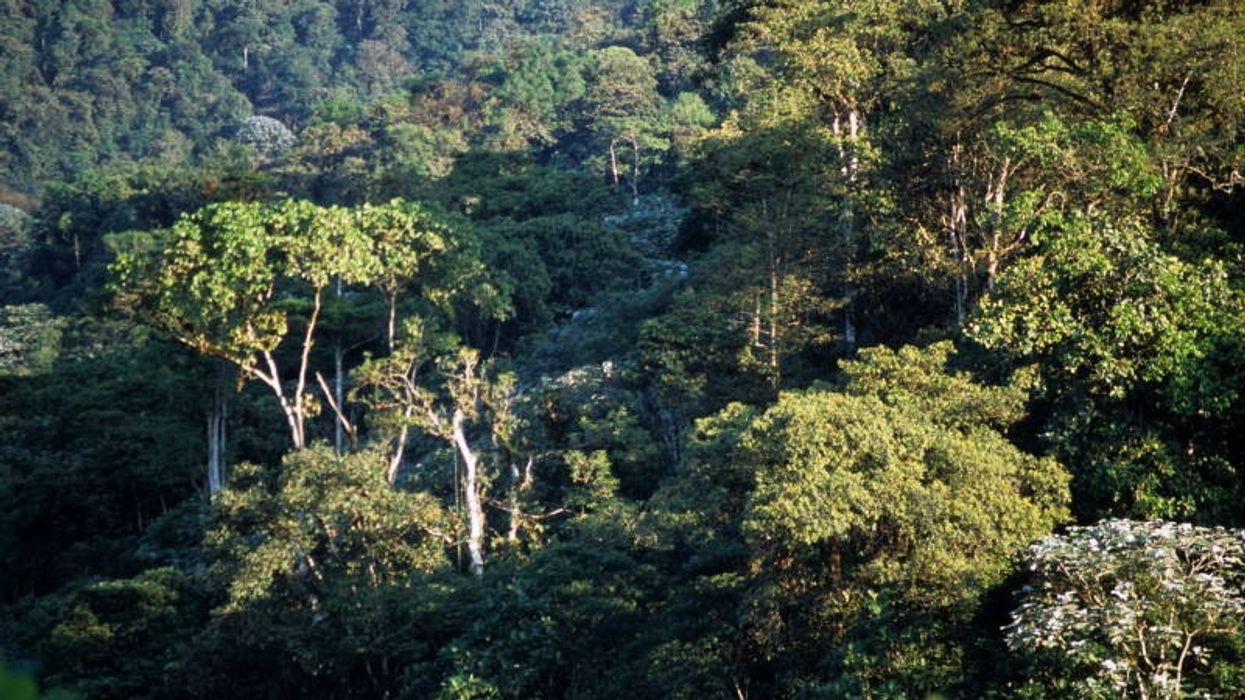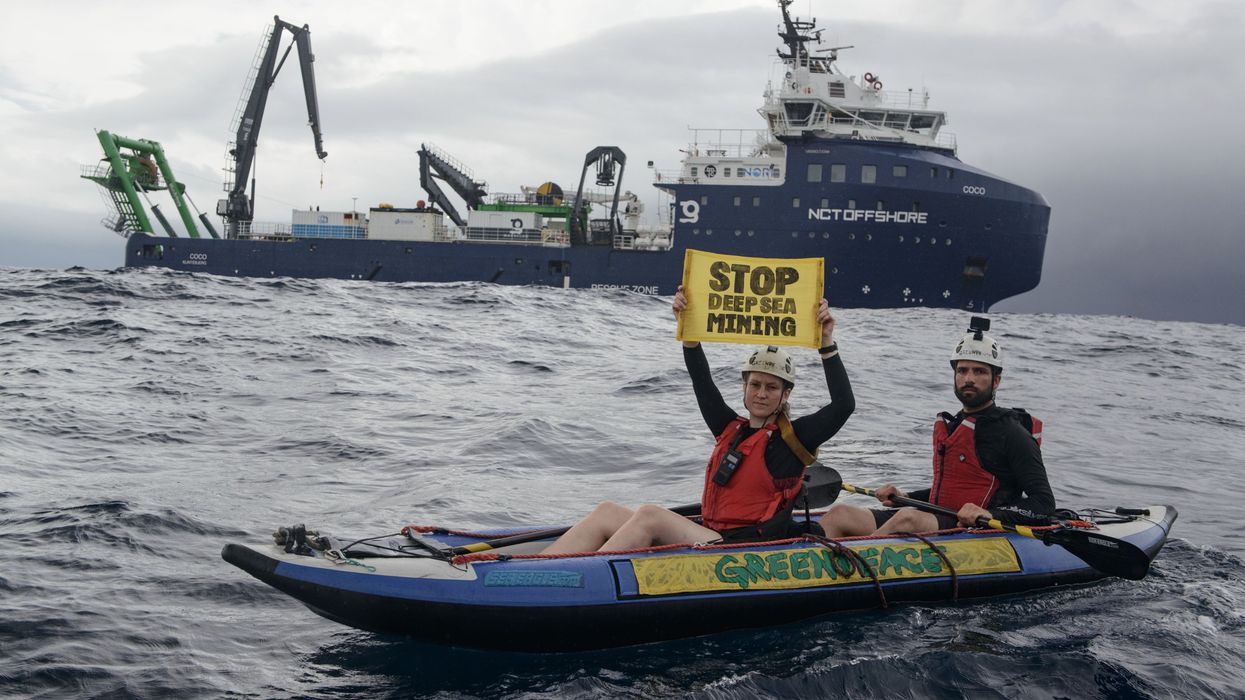The Rights of Nature: A Paradigm Shift for Environmental Protection
This revolutionary legal framework moves beyond traditional environmental laws and acknowledges that Nature itself has inherent rights, much like human beings and corporations.
For centuries, legal systems around the world have treated Nature as property—something to be owned, exploited, and managed for human benefit. This anthropocentric perspective has led to widespread environmental degradation, climate change, and biodiversity loss.
However, a revolutionary legal framework is emerging: the recognition of the Rights of Nature. This paradigm shift moves beyond traditional environmental laws and acknowledges that Nature itself has inherent rights, much like human beings and corporations.
The Rights of Nature concept is based on the idea that ecosystems and species are not mere objects but living entities with their own inherent rights to exist, thrive, and evolve. This legal framework challenges the prevailing notion that Nature is merely a resource for human use and instead recognizes its intrinsic value. By granting legal personhood to rivers, forests, and other natural entities, governments and courts can ensure that these ecosystems have standing in legal proceedings.
By shifting from an exploitative to a respectful relationship with the natural world, humanity can ensure a healthier planet for future generations.
The movement gained global attention when Ecuador became the first country to enshrine the Rights of Nature in its Constitution in 2008. The document states that Nature, or "Pachamama," has the right to exist and regenerate. Similarly, Bolivia passed the Law of Mother Earth in 2010, reinforcing Indigenous worldviews that see Nature as a living system with rights. Since then, countries such as New Zealand, Panama, India, and Colombia have also granted legal rights to specific ecosystems, setting legal precedents that continue to inspire the global community.
Why should we grant rights to Nature, you might ask? Traditional environmental laws often fail to prevent ecological destruction because they are based on regulation rather than protection. Corporations and governments can exploit loopholes, pay fines, or simply weigh the financial cost of pollution against profit margins. The Rights of Nature framework, however, fundamentally shifts the legal system from one of ownership to one of stewardship.
One of the most compelling cases for this approach is the Whanganui River in New Zealand. In 2017, the New Zealand government recognized the river as a legal entity, granting it the same rights and responsibilities as a person. This decision was made in collaboration with the Whanganui iwi, the Indigenous Māori people who have long regarded the river as an ancestor. Now, legal guardians, including representatives from both the government and the Māori community, speak on behalf of the river in legal matters. This recognition has already influenced policy decisions related to conservation and sustainable water management. Similarly, in 2017, the High Court of Uttarakhand in India granted legal rights to the Ganges and Yamuna rivers, acknowledging their sacred and ecological importance. Although this ruling faced legal challenges, it sparked important discussions about environmental governance and the need for stronger protections for vital ecosystems.
Despite these victories, the implementation of the Rights of Nature faces legal, political, and economic challenges. Many governments and corporations resist this shift, fearing restrictions on industrial activities. Additionally, enforcement mechanisms vary widely, and some legal rulings remain symbolic without proper institutional backing. However, the movement continues to gain momentum. Local communities, Indigenous groups, and environmental activists are advocating for the recognition of Nature's rights as a crucial tool for fighting climate change and biodiversity loss. In the United States, cities such as Pittsburgh and Toledo have passed local ordinances recognizing the rights of ecosystems, empowering communities to challenge environmental destruction more effectively.
Ecuador has witnessed several groundbreaking legal victories that affirm Nature's rights. Among these, the 2021 Constitutional Court ruling on Los Cedros Reserve was historic: The court halted mining exploration in this biodiversity hotspot, recognizing that the rights of the forest and its species, including endangered monkeys and orchids, outweighed extractive interests. Similarly, in Intag, a region long defended by local communities, legal actions based on behalf of endangered frogs and the Rights of Nature have helped suspend mining operations that threatened primary cloud forests and rivers vital to both people and ecosystems.
Another notable case is Estrellita, a woolly monkey rescued from illegal trafficking. When authorities attempted to relocate her to a zoo, a judge ruled in favor of her individual rights as part of Nature—marking the first time an animal in Ecuador was granted such recognition. These cases underscore the growing power of constitutional rights when applied to real-life conflicts between conservation and exploitation. They also reflect the tireless advocacy of Indigenous peoples, environmental defenders, and legal experts who are reshaping the legal landscape to center ecological integrity and the interconnectedness of all life.
The Rights of Nature framework is more than just a legal concept—it is a cultural and ethical transformation. By shifting from an exploitative to a respectful relationship with the natural world, humanity can ensure a healthier planet for future generations. As this movement grows, it is essential for policymakers, legal scholars, and citizens alike to support and advance this revolutionary approach to environmental protection.
The Global Alliance for the Rights of Nature (GARN) is a global network that has been at the forefront of the Earth Jurisprudence and Rights of Nature movement for the last 15 years, educating, upholding, and supporting its growth. With over 6,000 allies worldwide, GARN serves as a movement hub, connecting Indigenous leaders, civil society, lawyers, and advocates reshaping environmental governance.


